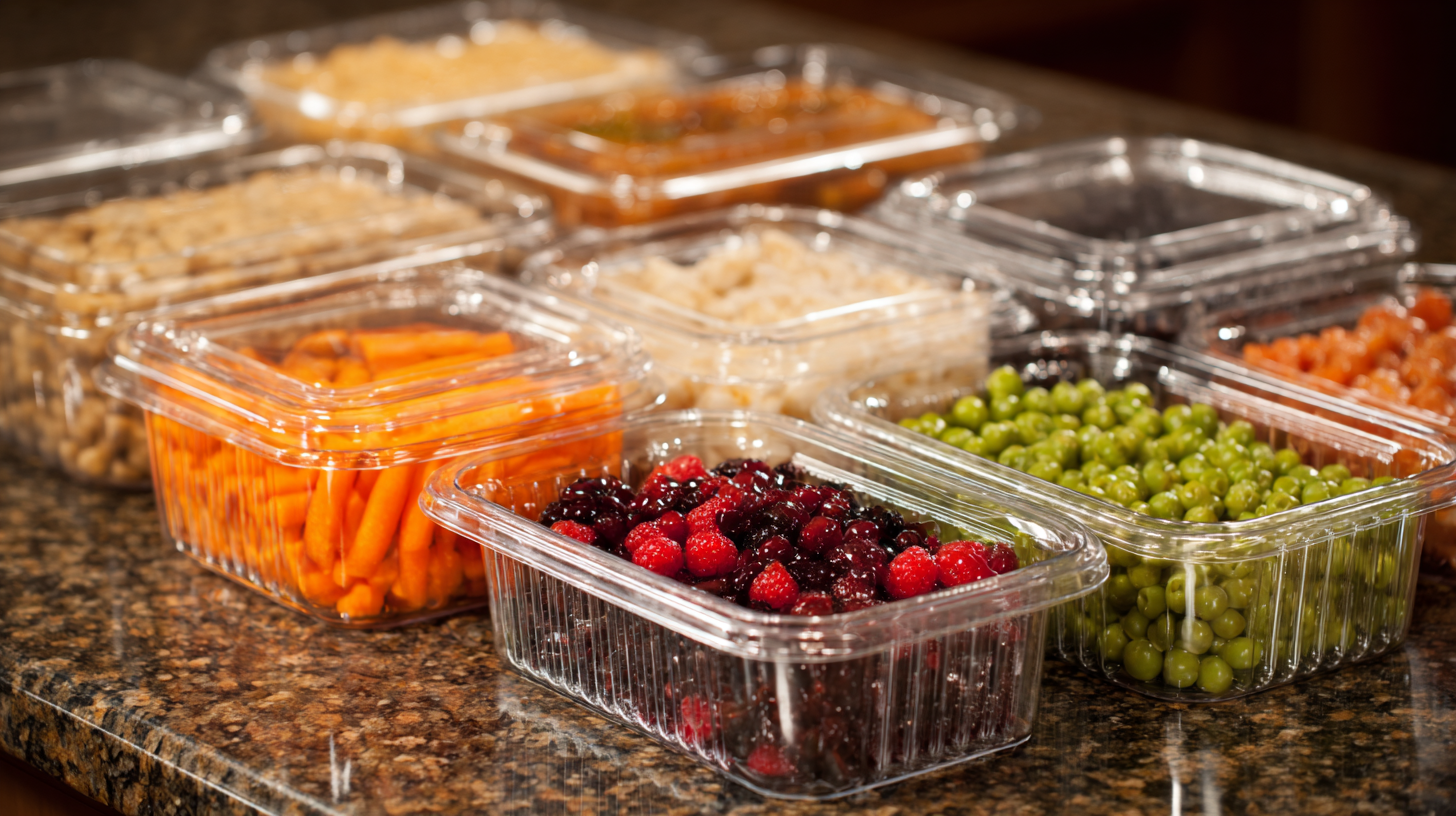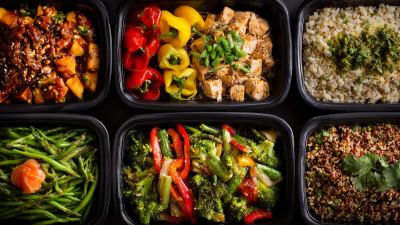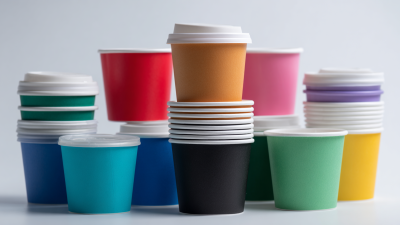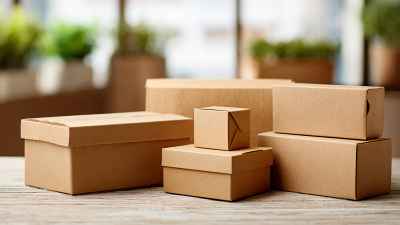In today's fast-paced food service industry, the choice of storage solutions plays a critical role in maintaining food quality and safety. Among the various options available, Deli Containers have emerged as essential tools for both commercial kitchens and home cooks alike. According to a report by the Food Storage Association, approximately 70% of consumers believe that proper food storage can greatly extend the shelf life and freshness of their meals. Furthermore, research indicates that the demand for high-quality food storage solutions, particularly Deli Containers, has surged by 25% over the last five years, driven by an increasing focus on sustainability and waste reduction. As such, selecting the right type of Deli Containers is vital for preserving freshness, preventing contamination, and ensuring compliance with food safety regulations. Whether for salads, soups, or takeout meals, understanding the various types and materials available will guide you in making informed choices that best meet your food storage needs.
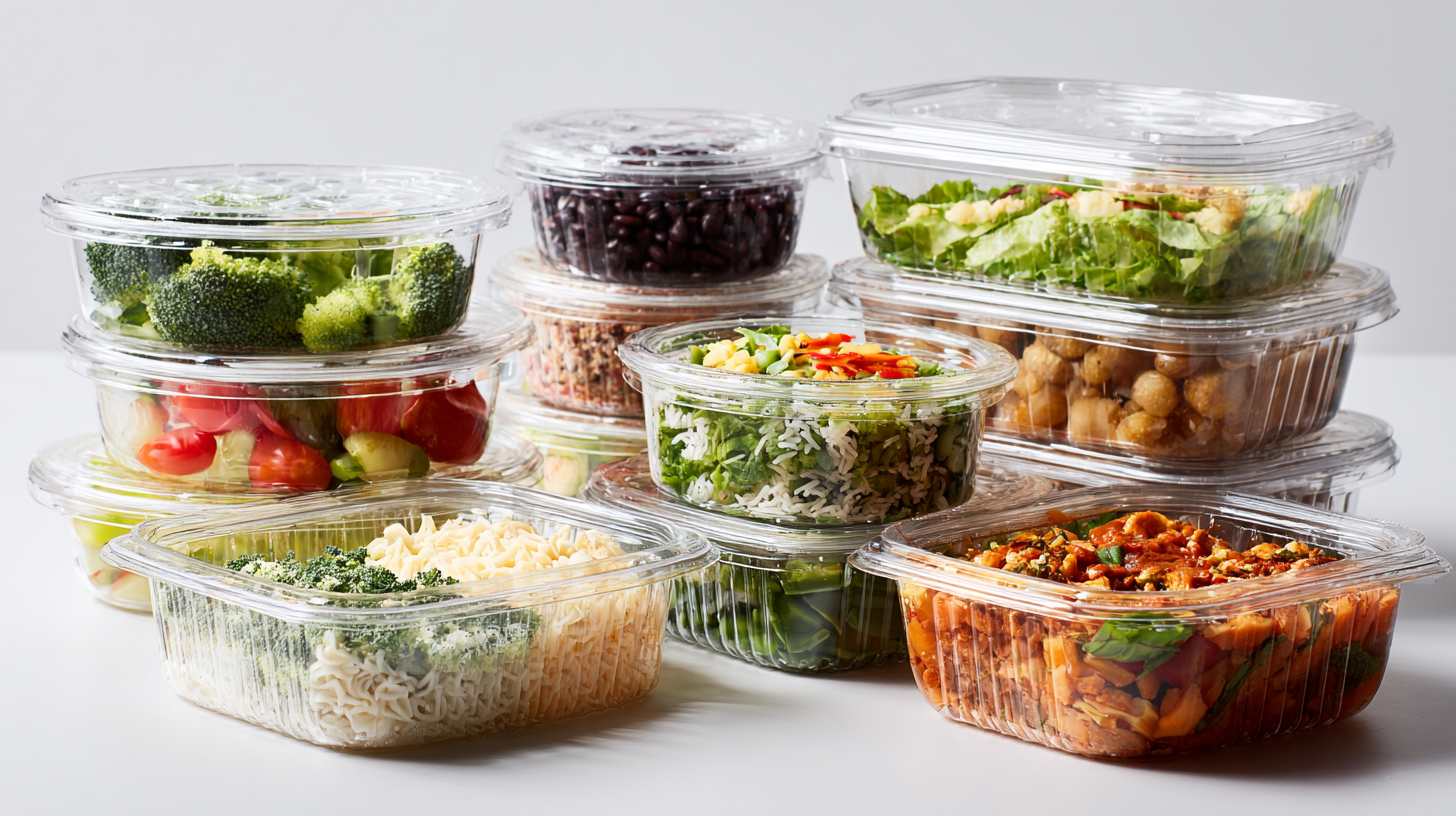
When it comes to food storage, selecting the right deli containers is crucial for maintaining freshness and ensuring safe food handling. An overview of the options available reveals a variety of materials including plastic, glass, and biodegradable containers. According to a report by Market Research Future, the global market for food storage containers is projected to grow at a CAGR of 3.7% from 2021 to 2026, emphasizing the increasing demand for durable and versatile storage solutions.
Plastic deli containers are particularly popular due to their lightweight and shatter-resistant properties. These containers are available in various sizes and are often designed with airtight lids, making them ideal for both cold and hot food storage. The Food and Drug Administration (FDA) notes that many plastic options are microwave-safe, extending their versatility in food preparation. On the other hand, glass deli containers offer a more eco-friendly option, frequently made from recyclable materials, which appeals to environmentally-conscious consumers. Additionally, glass is non-porous and does not absorb odors, making it an excellent choice for long-term food storage.
Biodegradable deli containers are emerging as an innovative option in response to growing environmental concerns. Made from materials like PLA (polylactic acid), these containers not only reduce waste but also maintain food quality. As reported by Grand View Research, the demand for sustainable packaging solutions is expected to rise significantly, pushing manufacturers to develop more eco-friendly options in the deli container market.
When selecting the ideal deli containers for your food storage, the material is a critical factor that directly impacts your food preservation and convenience. Plastic containers are lightweight, durable, and usually less expensive, making them a popular choice for everyday use. However, it’s essential to consider the type of plastic. BPA-free and microwave-safe options are preferable, as they avoid harmful chemical leaching during heating.
On the other hand, glass containers offer unmatched durability and are often regarded as the healthiest option for food storage. They are non-reactive, meaning they won’t impart any flavors or leach harmful chemicals into your food. Glass is also excellent for reheating, as it can withstand high temperatures without warping. However, it tends to be heavier and more prone to breakage, so take this into account if portability is important for your use.
Metal containers present another great option, particularly for long-term storage. They are robust and resistant to staining and odors. However, they are not microwave-safe and can sometimes react with acidic foods, potentially impacting the flavor. Selecting the right material tailored to your specific needs will ensure that your food stays fresh, safe, and delicious.
When selecting the right deli containers for food storage, one of the most critical factors is size selection. The volume you choose should not only fit the quantity of food you typically prep or store but also align with how you organize your kitchen space. For instance, a study indicates that the total global volume of data will reach an astonishing 394 zettabytes by 2028, highlighting the importance of efficient storage solutions not just in the digital realm but also in our physical environments. Just as industries are adapting to growing data volumes, home cooks should consider their food storage needs accordingly.
Understanding the volume requirements is essential; whether you're storing leftovers, marinating meats, or organizing meal-prepped vegetables, appropriate container sizes can significantly enhance your workflow. Larger containers may be necessary for bulk items or large meal preps, while smaller sizes might be better for sauces and seasonings. The key is balancing between what fits physically in your fridge or pantry and what meets your cooking and serving needs effectively. Following the trends seen in energy storage systems, it’s vital to choose containers that are both functional and conducive to a more organized kitchen environment, ensuring that every meal is prepared with ease.
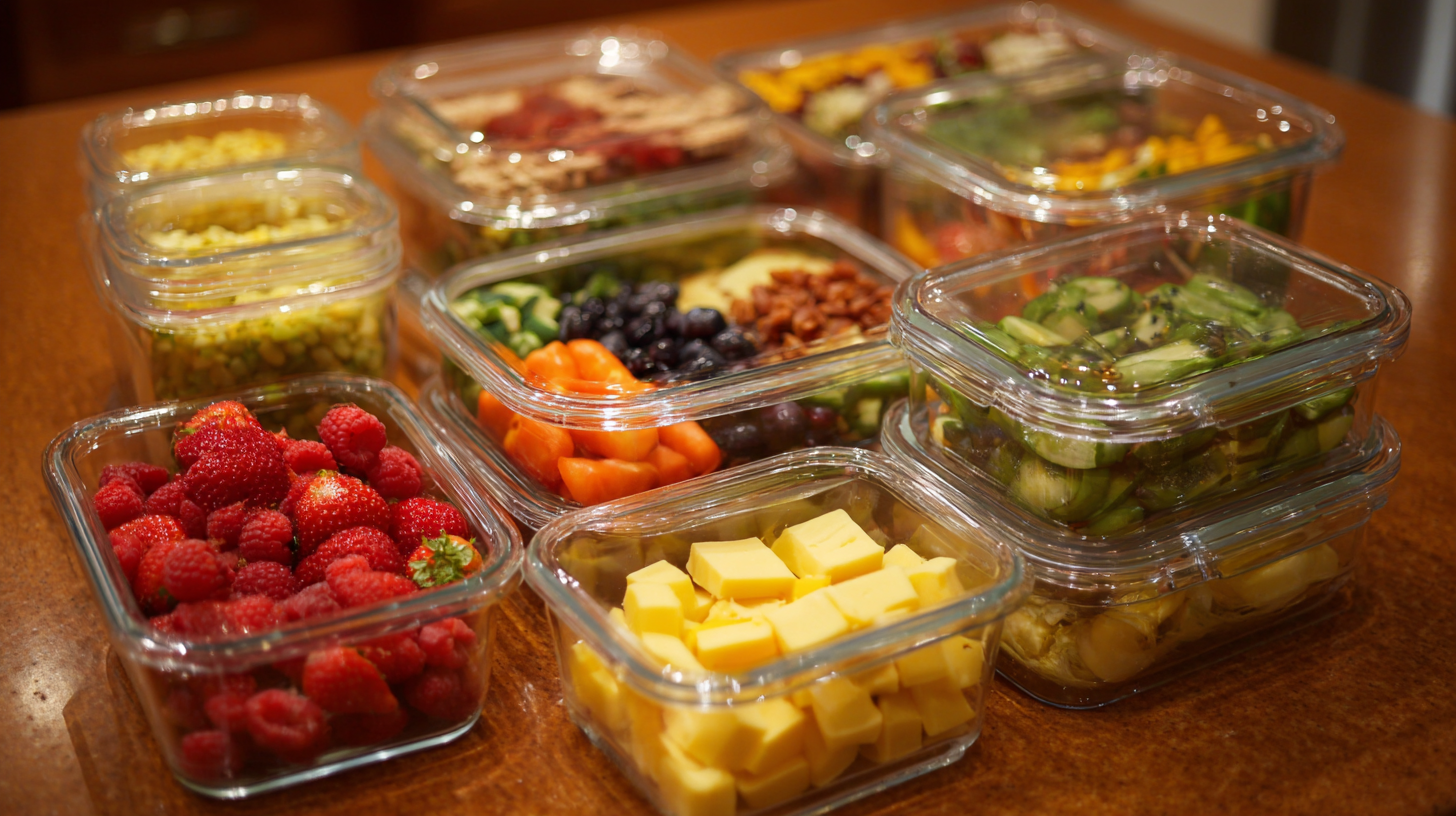
When selecting deli containers for food storage, several key features should be carefully considered to ensure optimal functionality. First and foremost, lids play a crucial role in maintaining the freshness and safety of your food. Look for containers with airtight lids that provide a secure fit, preventing leaks and keeping the contents protected from external contaminants. Additionally, consider whether the lids are easy to open and close, as this can significantly enhance usability in busy kitchen settings.
Another important aspect to consider is stackability. Deli containers that can be easily stacked save valuable storage space, particularly in refrigerators and pantries. Opt for designs that allow for efficient stacking without compromising on stability. This feature not only maximizes storage potential but also makes it easier to organize multiple containers, ensuring that you can quickly access the items you need without rummaging through a cluttered space. Finally, think about the sealing mechanisms; those with robust sealing properties can help prevent spoilage and extend the shelf life of your food, making them a wise investment for anyone looking to store meals or leftovers effectively.
| Container Type | Material | Lid Type | Stackability | Sealing Mechanism |
|---|---|---|---|---|
| Round Container | Plastic | Snap-on Lid | Yes | Airtight |
| Rectangular Container | Glass | Locking Lid | Yes | Leak-proof |
| Square Container | Bamboo Fiber | Screw-on Lid | No | Not Airtight |
| Food Storage Bin | Plastic | Flip-top Lid | Yes | Semi-Airtight |
| Takeout Container | Polypropylene | Clamshell Lid | Yes | Not Airtight |
When selecting deli containers for food storage, the balance between cost and quality is paramount. While budget-friendly options may seem enticing at first glance, they often compromise on durability and functionality. Low-quality containers can warp, crack, or leak, leading to potential food spoilage and waste. Investing slightly more in high-quality deli containers can provide peace of mind, ensuring that your food remains fresh and safe over extended periods.
In addition to durability, consider the material used in the containers. BPA-free plastic or glass options may come at a higher price but offer enhanced safety and better preservation of food flavors. Evaluate your storage needs: reusable containers might be a cost-effective option in the long run, whereas single-use containers can add up if frequently purchased. By weighing the immediate cost against longevity and performance, you can make an informed decision that maximizes value while meeting your food storage requirements effectively.
